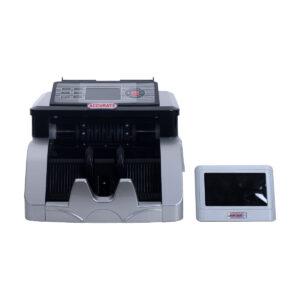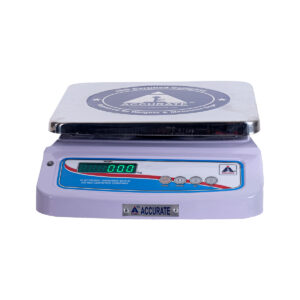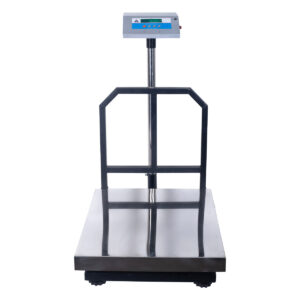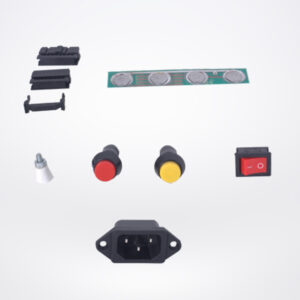What Causes Loadcell Drift?
Bending Loadcell drift can prove to be a potential setback for measuring. It is often hard to detect if a person lacks the means to test for significant voltage changes. With that said, We know potential causes for loadcell drift and how a person can identify them. Drift can cause your loadcell to not return to O in between weighings. That is a concern because the O baseline allows you to get accurate measurement each time. Bangle point Diaphragm Bending Multiple C
What Is Loadcell Drift?
Loadcell drift is when the scale in question fluctuate on weighing the same object, leading to inconsistent results. It can be hard to identify because the drift affects all of the measurements involved, making it hard to isolate. Bad loadcells can be replaced and wiring can be fixed, as long as you know where to make repairs. The best way to identify the cause is to note the area that is causing a drift. While the loadcell itself may have the problem, the cables connecting it may also create inconsistent measurements. The controller, wiring, external machine binding may be the source of the problem as well. These can include the bearings and shafts being affected. One way to find the weighing system aspect that is having a problem is to conduct an IT stability test using a Junction Box. The IT stability test tests the Junction Box, Relevant cable and any instrument attached to see if which of the three is causing the problem. The Weight and Voltage tests see if the force sensors or the loadcells are causing the drift. It checks the weight of each loadcell and compares it to a designated baseline. This allows you to determine which instruments need replacing. Return To Zero tests check the loadcell’s mV, store it to check it against the designated calibration and to see if the defaults are normal. The cell should return to a value of O when it has no weight on it. If it doesn’t, then the problem is with the cell itself.
Common Reasons For Loadcell Drift:
a) Loadcell Damage
b)Temperature Affects Loadcells
c) Moisture Damage to Industrial Loadcells
d) Static Electricity Loadcell Drift
Bending Loadcell drift can prove to be a potential setback for measuring. It is often hard to detect if a person lacks the means to test for significant voltage changes. With that said, We know potential causes for loadcell drift and how a person can identify them. Drift can cause your loadcell to not return to O in between weighings. That is a concern because the O baseline allows you to get accurate measurement each time. Bangle point Diaphragm Bending Multiple C
What Is Loadcell Drift?
Loadcell drift is when the scale in question fluctuate on weighing the same object, leading to inconsistent results. It can be hard to identify because the drift affects all of the measurements involved, making it hard to isolate. Bad loadcells can be replaced and wiring can be fixed, as long as you know where to make repairs. The best way to identify the cause is to note the area that is causing a drift. While the loadcell itself may have the problem, the cables connecting it may also create inconsistent measurements. The controller, wiring, external machine binding may be the source of the problem as well. These can include the bearings and shafts being affected. One way to find the weighing system aspect that is having a problem is to conduct an IT stability test using a Junction Box. The IT stability test tests the Junction Box, Relevant cable and any instrument attached to see if which of the three is causing the problem. The Weight and Voltage tests see if the force sensors or the loadcells are causing the drift. It checks the weight of each loadcell and compares it to a designated baseline. This allows you to determine which instruments need replacing. Return To Zero tests check the loadcell’s mV, store it to check it against the designated calibration and to see if the defaults are normal. The cell should return to a value of O when it has no weight on it. If it doesn’t, then the problem is with the cell itself.
Common Reasons For Loadcell Drift:
a) Loadcell Damage
b)Temperature Affects Loadcells
c) Moisture Damage to Industrial Loadcells
d) Static Electricity Loadcell Drift









